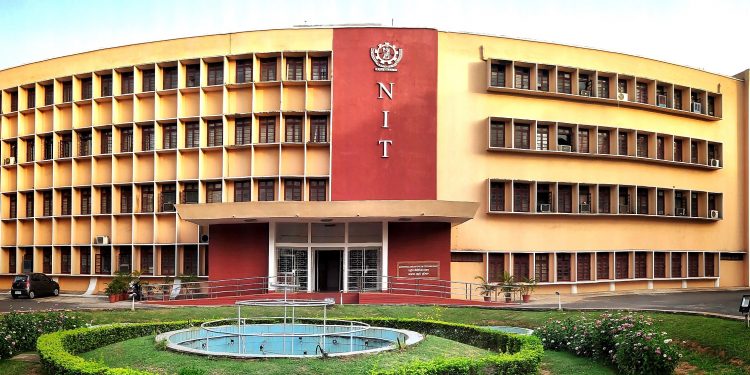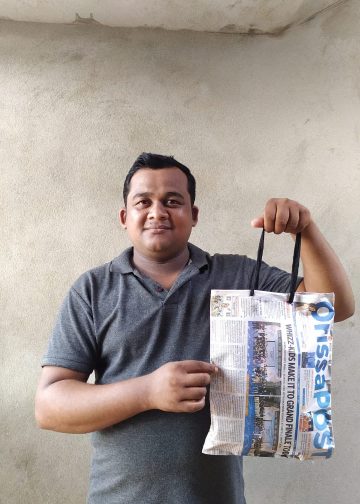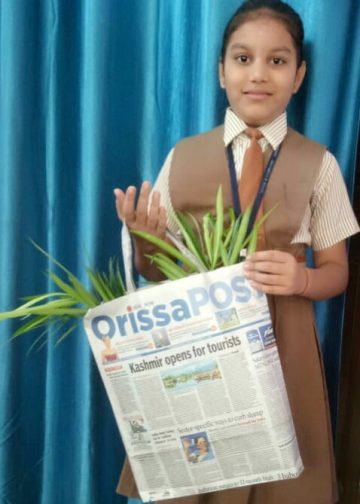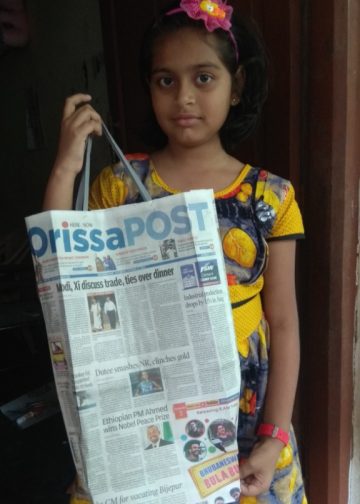Rourkela: In what could enhance both robotic and human mission planning on Mars and deepen understanding of its habitability, a collaborative research by scientists from the National Institute of Technology Rourkela, UAE University and Sun Yat-sen University in China have examined how spinning dust devils, powerful dust storms and widespread water ice clouds can infl uence the atmosphere on the Red Planet.
The findings were made by the researchers through the analysis of more than two decades of satellite data with a view to improve weather prediction models for Mars. The study was recently published in New Astronomy Reviews (impact factor 26.8). Data from multiple Mars missions— including India’s Mars Orbiter Mission (MOM)—was used to analyse how dust and water ice interact to shape Mars’ climate and temperature.
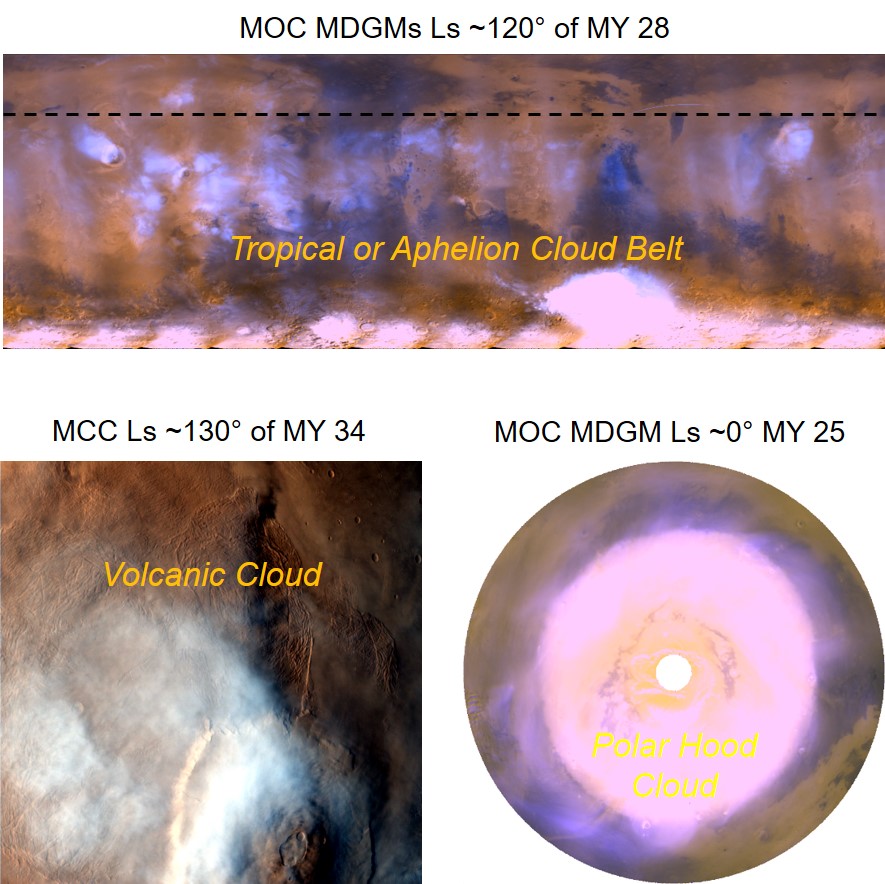
Lead author Prof Jagabandhu Panda, Department of Earth and Atmospheric Sciences, co-authored the paper with NIT Rourkela research scholar Anirban Mandal. Other contributors include Dr Bijay Kumar Guha and Dr Claus Gebhardt of UAE University’s National Space Science and Technology Centre, and Dr Zhaopeng Wu from Sun Yat-sen University (now at the Chinese Academy of Sciences).
Also Read: NIT Rourkela develops sunlight-powered concrete beads for wastewater treatment
The study focused on three main atmospheric elements: dust devils, large-scale dust storms, and water-ice clouds, including the aphelion cloud belt and polar hood. Their formation is driven by seasonal changes and dust concentration.
“Advancing weather prediction on Mars is crucial not only for safe missions but also for understanding the planet’s habitability,” said Prof. Panda. He also urged greater ISRO involvement and university-based investment in space research.
PNN


